African plaiting styles are deeply rooted in cultural heritage, serving as expressions of identity, social status, and artistry across the continent.
Here’s an overview of their historical significance and popular styles:
Table of Contents
Historical Significance of African Plating
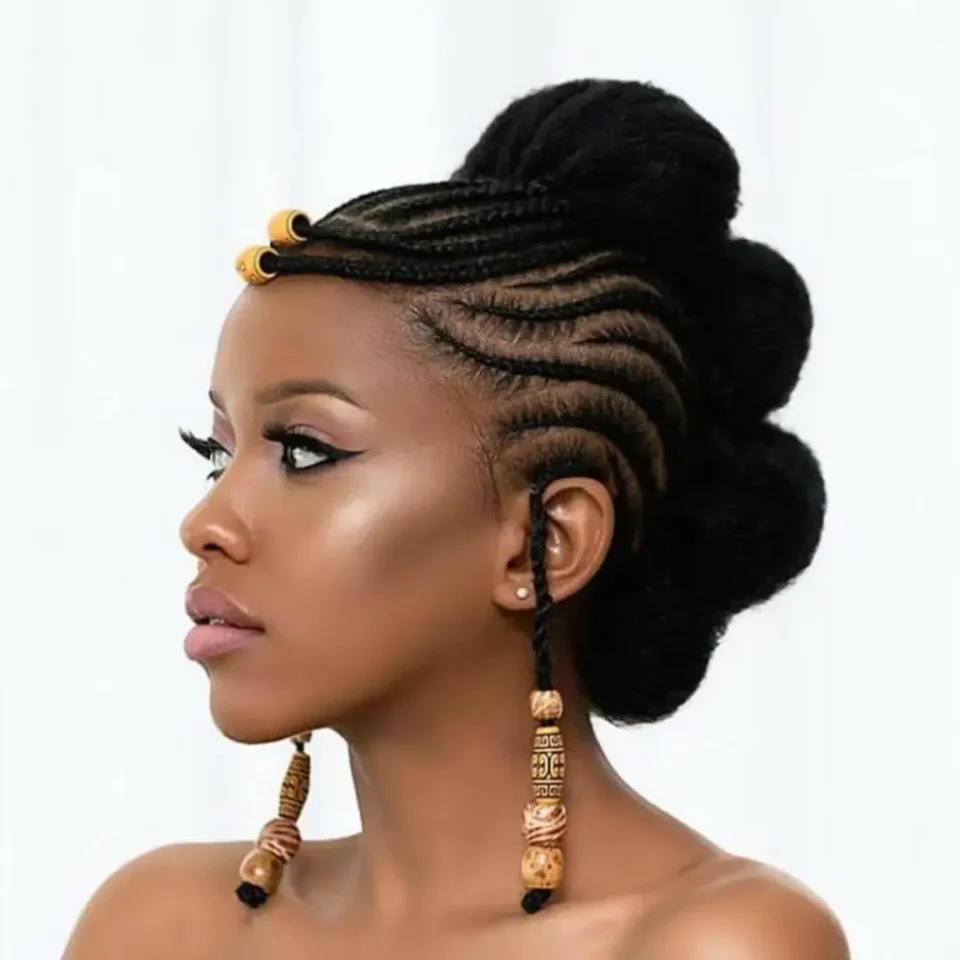
Braiding in Africa dates back thousands of years, with evidence from Ancient Egypt around 3500 BC.
Among the Himba people of Namibia, braiding has been a longstanding tradition, used to signify age, wealth, marital status, and tribal affiliation.
During the transatlantic slave trade, enslaved Africans used braiding as a form of communication, embedding maps and messages into intricate patterns to aid in escape plans.
Popular African Plaiting Styles
Plaiting Styles for Black Hair #1: Cornrows (Ghana Braids)
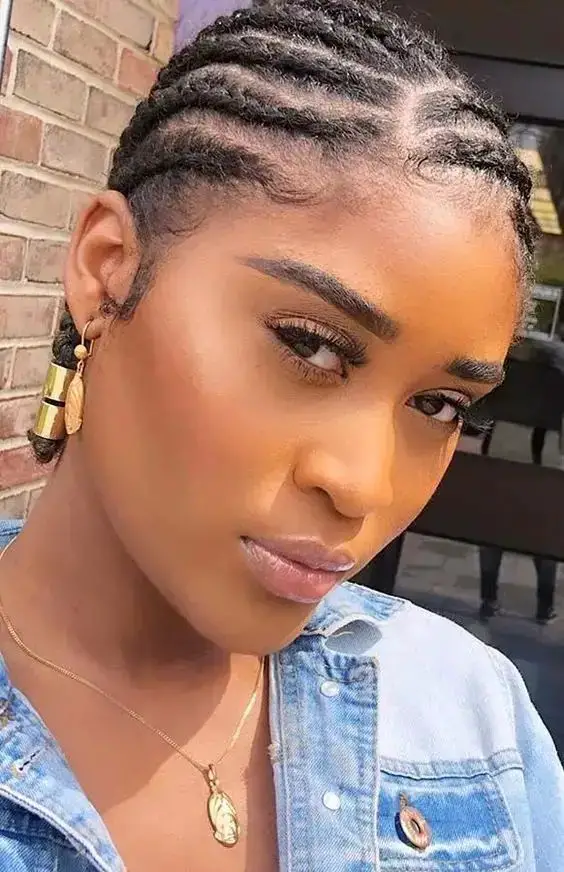
Originating from West Africa, cornrows are tight, narrow braids laid flat against the scalp.
In Ghana, a variation known as Ghana braids or feed-in braids creates a raised effect by gradually adding hair extensions
Pretty Braids of Africa #2: Box Braids
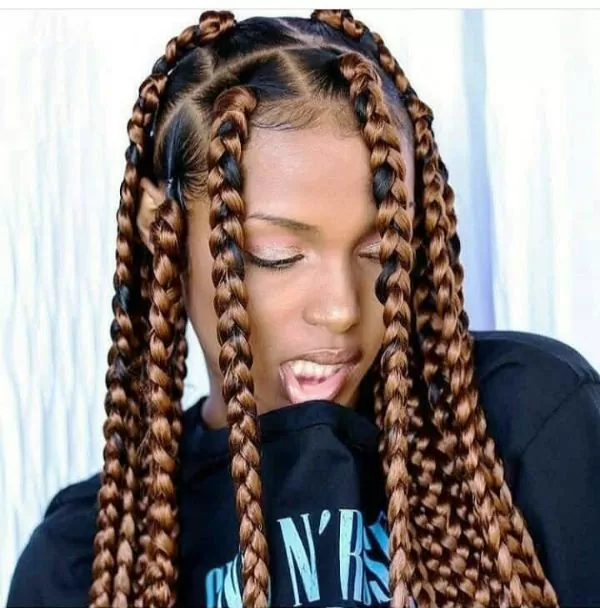
These are individual plaits divided into square-shaped sections.
Box braids can be styled in various lengths and thicknesses, offering versatility and protection for natural hair.
Nice African Braids Style #3: Fulani Braids
Named after the Fulani people of West Africa, this style combines cornrows with loose braids, often adorned with beads, cowrie shells, and other accessories to signify cultural pride and beauty.
- Goddess Braids
These are thicker cornrows that can be styled in various patterns, including updos and crowns. They are both protective and elegant, suitable for formal occasions. - Knotless Braids
A modern take on box braids, knotless braids start with the natural hair and gradually add extensions, reducing tension on the scalp and providing a more natural look. - Micro Braids
These are very small, delicate braids that can mimic the appearance of loose hair while offering the benefits of a protective style. They require a longer installation time but can last for several weeks. - Tree Braids
In this style, extensions are added to cornrows in a way that the braids are hidden, giving the appearance of free-flowing hair while maintaining the benefits of a braided base. - Yarn Braids
Using yarn instead of traditional braiding hair, this style offers a unique texture and the opportunity to experiment with various colors. It’s a creative and budget-friendly option. - Koroba and Spiral Braids
Koroba (basket) braids from Nigeria and spiral braids from Madagascar have gained popularity for their intricate designs and cultural significance. These styles often involve cornrowing hair from the center outward, creating a spiral effect.
African plaiting styles are not only aesthetically pleasing but also serve as a testament to the rich cultural traditions and histories of African communities.
They continue to evolve, blending traditional techniques with contemporary trends, and remain a powerful form of self-expression and cultural identity.
READ ALSO: 10 Interesting Types of French Braids
Egyptian Fulani Tribal Braids
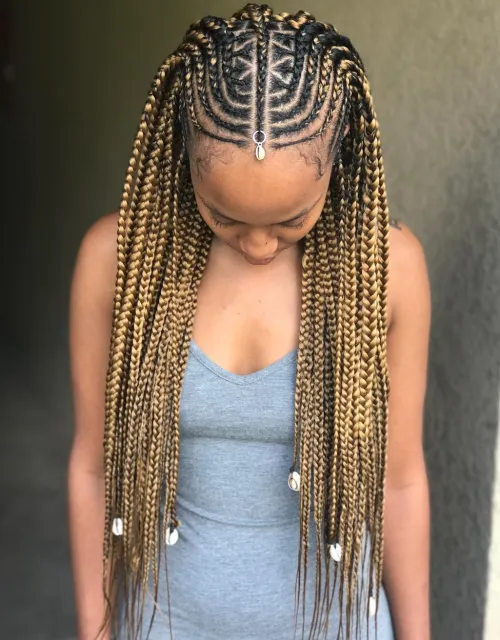
Braid Ideas Short Hair Styles #1: The Crown Braid
READ ALSO: Elevate Your Style with 6 Stunning Different Braided Hairstyles

READ ALSO: Embrace Elegance: 4 Timeless Elegant Hair Styles and Essential Tips for Effortless Chic
Side Braid Hairstyles for Short Hair
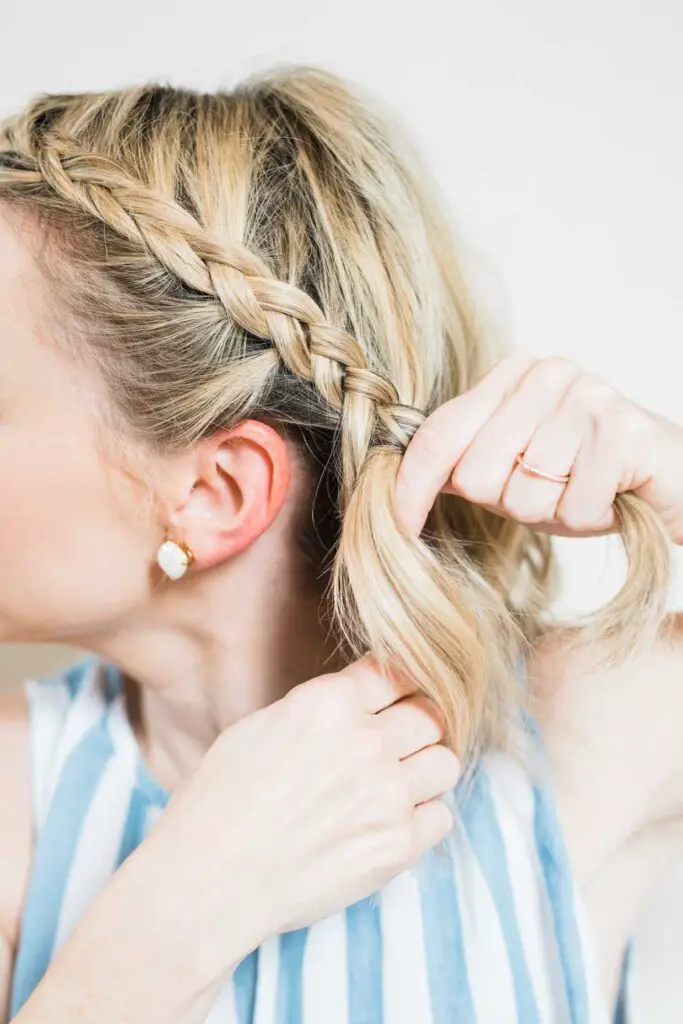
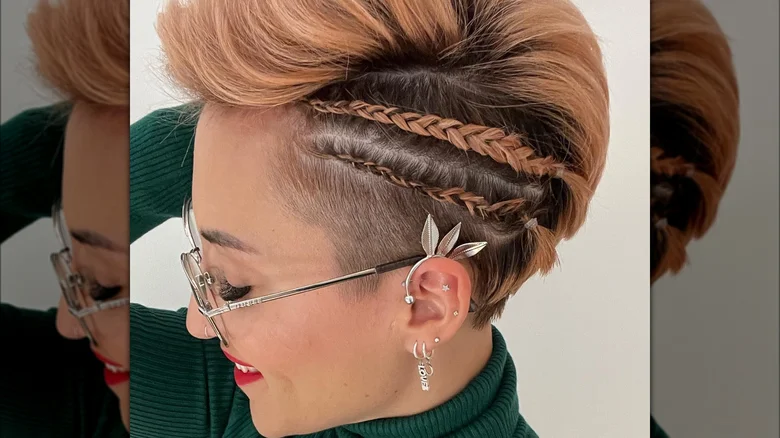
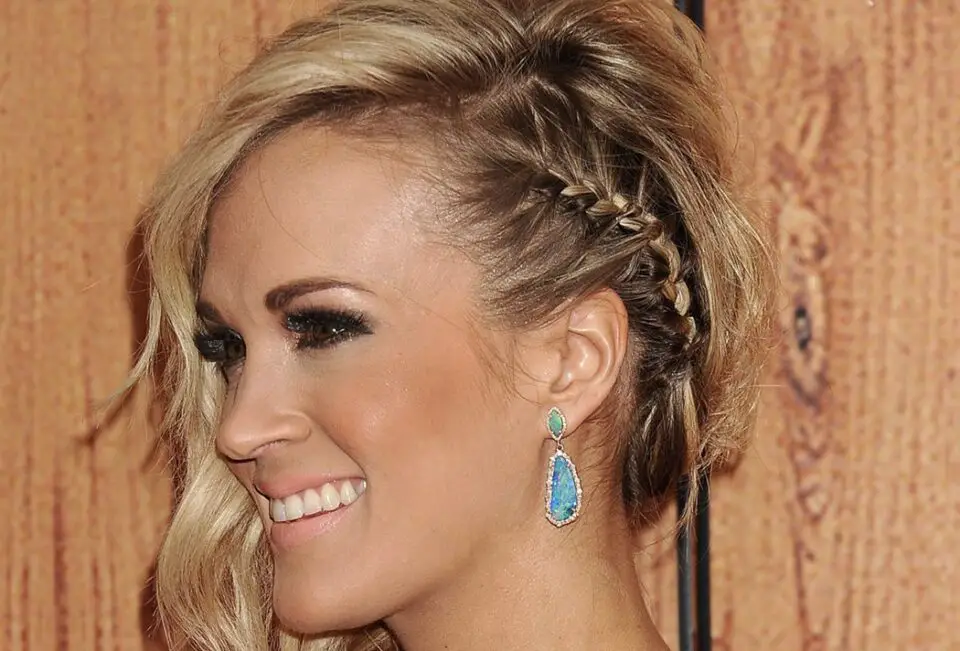
How to Braid Hairstyles for Short Hair
Short Hair Styles in Kenya
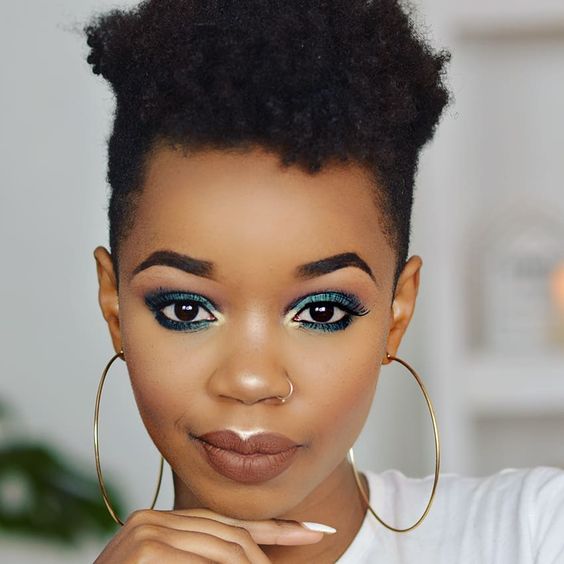
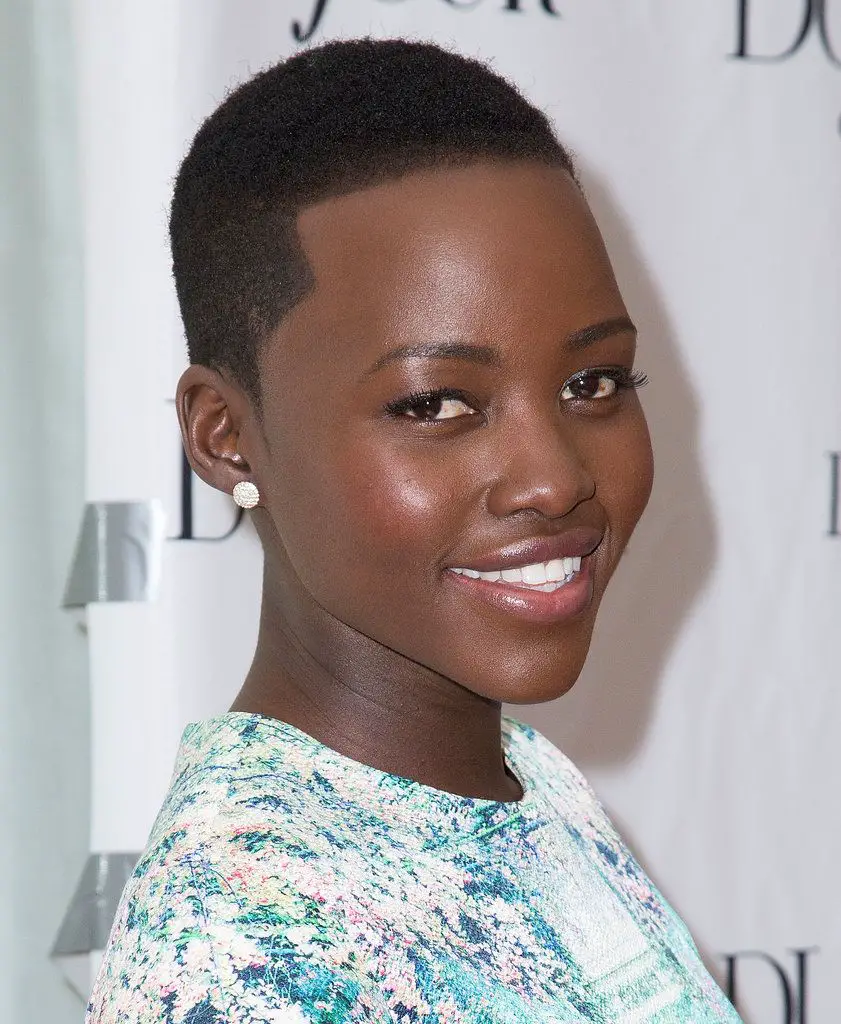
Photo Credits: The Right Hairstyles, Poor Little It Girl, Glam, Beauty Crew, Joanna Kinuthia, Pulse Kenya, Shakiera Rentz, Svelte Magazine,
READ ALSO: Elevate Your Look with French Twist Hair Styles Today in 2023: A Timeless Elegance